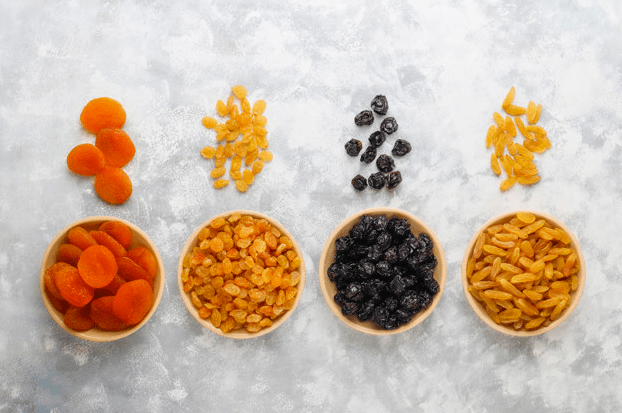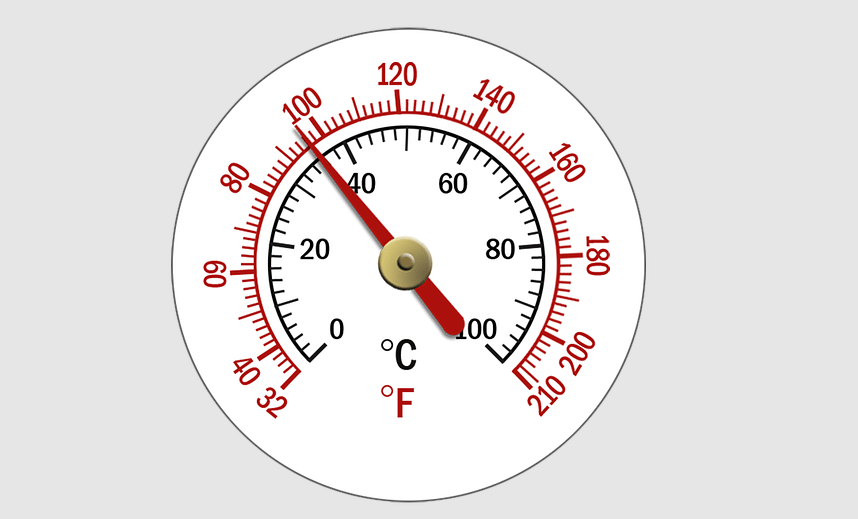Everyone craves a decent snack every once in a while. But, do you go for the mainstream snacks like potato chips, cookies, and chocolates? Or do you own a food dehydrator and take snacking to the next level. Food dehydration is not something new, and it has been around for a long time. However, the process and machinery used for food dehydration have advanced a lot, and it has become relatively easy. The chances are that you’ve consumed dried foods before in your life. Ramen noodles, powdered milk, and even instant coffee are examples of dried foods used in everyday life.
Investing in a food dehydrator will gravely improve your and your family’s snacking experience. Food dehydrators can help you save up some money by lowering the amount you spend on expensive snacks from the market. Not only are food dehydrators cost-efficient, but they also provide a lot of health benefits. Snacks bought from a market are loaded with calories. The sugar and salt levels in those snacks can be very harmful to your health. On the other hand, snacking on dehydrated food will provide your body with essential nutrients and will be deliciously good as well.
The benefits of buying a food dehydrator outweigh any concerns, but how do you choose the best food dehydrator?
The following are some key factors that you need to consider before getting yourself a food dehydrator.
Size
You need to consider two things when making up your mind for the size of the food dehydrator you will be purchasing. Number one is the amount of space you have in your kitchen to fit the appliance, and number two is the amount of food you will want to dehydrate in one batch. If you get yourself a small dehydrator to save up and space, it essential to remember that the capacity of the food dehydrator will also be small.
If you plan on occasional food dehydration, like for a picnic or party, getting yourself a small dehydrator will be the best option. However, if you aim to dehydrate large amounts of foods at one time, like fruits from your garden, a large-sized food dehydrator is the one for you.
Heat
The basic principles of food dehydration are based upon heat that is provided to the food. In the food dehydration process, the food is exposed to constant heat for an extended period to dry out a portion of the moisture from the food. Some foods require a higher temperature to eliminate a specific amount of water content and some foods require a lower temperature. Avoid buying food dehydrators without temperature control as it will limit you to dehydrating only some particular foods.
Heat distribution is the deciding factor for the end product of your food dehydrator. When loading up a food dehydrator, some foods will be placed further away from the heat source than others. If your food dehydrator has poor airflow, the foods further away from the heat source will take longer to dehydrate than the rest. It is a crucial tip to ensure that the food dehydrator you’re about to purchase has good airflow for even heat distribution.
Noise 
Food dehydrators come with a fan that produces the airflow. This fan makes quite a bit of noise when it is operating. If you have a separate pantry that you plan to keep and use the food dehydrator in, you have nothing to worry about. However, if you plan on keeping your food dehydrator in your kitchen, the sound it produces can get annoying.
Product descriptions won’t tell you how loud or silent the appliance is, so looking for reviews on the product is your best bet to find out. If you don’t plan to listen to appliance humming sounds for extended times, choose a quiet and peaceful dehydrator for your use.
Features
Having additional features to any appliance in your kitchen makes them much more convenient to use. Some models of food dehydrators have more features than the rest.
Buying a food dehydrator with trays that are dishwasher-proof will save up cleaning time by a lot, as the trays tend to get very sticky. Go for food dehydrators with timers and auto shutoffs. Some foods take longer to dehydrate when compared to others. If your dehydrator does not have a timer and auto-shutoff, you’ll have to keep checking on your food dehydrator, which can be very inconvenient and time-wasting. The most important feature to have in a food dehydrator is a thermostat. Being able to control the temperature will allow you to dehydrate a wider range of foods.
Types of Dehydrators
So there are two traditional types of dehydrators, vertical flow dehydrators and horizontal flow dehydrators.
Vertical flow dehydrators have a heat source at the bottom of the unit, and it produces a vertical flow of air to dehydrate the food evenly. Vertical flow dehydrators are mostly cheaper and more affordable, but they do not work as efficiently as horizontal flow dehydrators.
Horizontal flow dehydrators have a heat source at the back of the unit. Horizontal flow dehydrators are said to distribute the heat much more evenly when compared to vertical flow dehydrators. Horizontal flow dehydrators are more convenient to use, but they are more expensive than vertical flow dehydrators.
- If you plan on dehydrating simple foods like apple slices and kale, you don’t have to worry about choosing one or the other option. Both dehydrators will do the job for you, although going for the vertical flow dehydrator might save you a few extra bucks. However, if you plan on dehydrating meats and tougher vegetables, buying a horizontal flow dehydrator might be the better option to choose as it has better evenly distributed heating.
Conclusion
Food dehydrators are machines that not only help you dehydrate your foods but using them can also fun. Having friends and family over and serving them with dried-out foods that you made at home will surely put a smile on your and their faces. Try experimenting with your food dehydrator. Add different fruits, vegetables, and even meats to your food dehydrator to determine which ones come out good and which ones come out bad. Food dehydrators are simple machines that do not require a lot of effort to use, and it’s a straightforward task to dehydrate foods using them.
It is crucial to go through all the deciding factors before making up your mind when purchasing a food dehydrator. An essential tip would be to keep your budget and requirements from the food dehydrator side-by-side and go for the best one that falls in that bracket.
That’s all about dehydrating food, but what about canning food? If you’re looking forward to canning food and don’t know what it requires, be sure to look at our guide on equipment needed for canning food.





